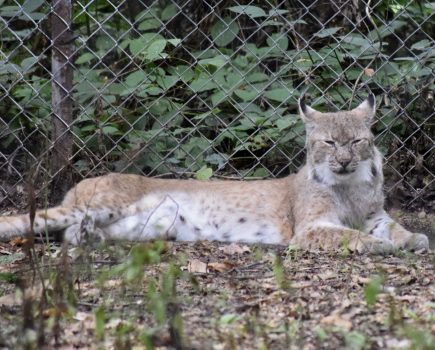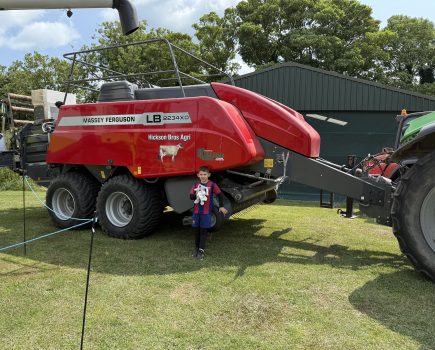To the South of England Show, Ardingly. Entry fee £25 for me as an adult, plus £23 for entry for my French intern agricultural engineering student.
I had brought my continental European guest along to convince her that a pedigree Sussex is a far superior breed to a pedigree Charolais. I have a herd of 100 Sussex suckler cows and her parents run a herd of 250 pedigree Charolais suckler cows near Bourges in central France. The odds of me succeeding were therefore very low.
When we got to the cattle lines in the large permanent shed at the Ardingly showground there was an impressive turn out of Sussex, but some breeds, including Charolais, were distinctly thin on the ground.
Slightly concerned, I had a chat with one of the senior stewards in the cattle judging ring and he confirmed that he was “puzzled” that there’d been a “very significant” drop in cattle entries. He put the low turnout down to the cost (and hassle) of bovine TB testing, which now runs to hundreds of pounds to take just a few cattle to a show.
But when I made enquiries among those actually on the cattle lines, a more complex picture merged. BTB was a factor, but some stockpeople were still fuming about the catering at the previous year’s show, when they’d had to wait until quite late in the morning for their breakfasts.
I understand this was rectified this year but it was thought by some that, such was the upset, some stockpeople boycotted this year’s show in protest. Others also grumbled about what they termed “the very basic accommodation” for stockpeople who sleep onsite.
Others still were concerned that the show had moved from a Thursday to Saturday format to a Friday to Sunday one. As one put it: “At least we used to have the Sunday off to get our lives back together after three days away. Now we get back to the farm late on Sunday and it’s straight back into a new working week on Monday without time to draw breath.”
I’ve no idea why the South of England Agricultural Society (SoEAS), which runs the show, decided to change to a full weekend. Perhaps they hope it will increase the number of punters through the gates, but by doing so, have they inadvertently put the skids under the number of people prepared to engage in the huge effort and expense of showing cattle there?
If the cattle-keeping community is to be kept onboard with showing at Ardingly, maybe entry fees should be reduced or even abandoned altogether? Perhaps the SoEAS should take a leaf out of the Norfolk Show’s book, which partially refunds show entry fees provided the cattle actually turn up?
Or maybe the society should consider sharing the cost of show cattle transport to Ardingly, an expense that has skyrocketed in recent years. A shed full of a wide range of cattle breeds is vital for the show’s agricultural flavour, and the cattle lines are one of the star attractions to farmers and non-farmers alike.
As we left the showground I suggested to my French guest that the relatively strong numerical showing of Sussex cattle on the day was clear evidence of the strength of the breed compared to Charolais. With a Gallic shrug, she held up two fingers to me, which I could only assume was a reference to the exact number of Charolais cattle we had seen at Ardingly.







